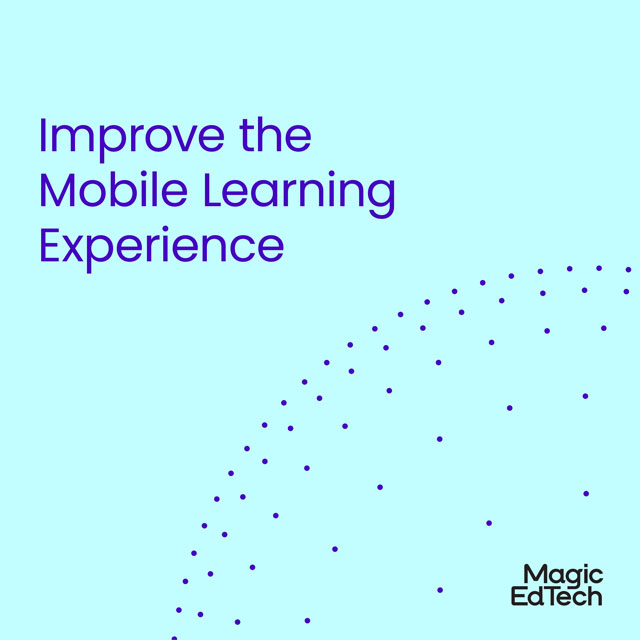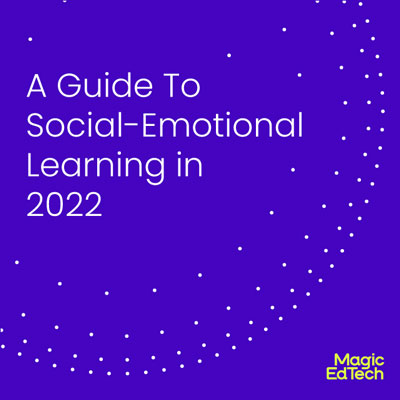6 Ways to Make Your Learning Products More Inclusive
- 25 February, 2022
- Reading Time: 4 minutes
Over the past couple of years, we’ve seen digital learning explode. What was once seen as a “good to have” supplementary component of learning became a “must-have”’ integral part of students’, instructors’, and parents’ lives. Physical classrooms had to be shut down and they were replaced by digital ones.
As we prepare students to go back to physical classrooms and hybrid learning modes, we must not forget the lessons that the pandemic taught us. While it helped digital learning gain a prominent position in our ecosystem, it also exposed the underlying inequity in our society and the learning infrastructure.
The fruits of virtual learning weren’t enjoyed equally by students and we realized how badly we needed to close the digital divide and plug the gaps within our system.
While the government and private organizations across the globe continue to work on the underlying fundamental issues, there are steps that the edtech providers and companies can take in order to ensure that the products that they create are more inclusive and can be accessed relatively easily by students across the spectrum to continue learning and improving their outcomes.
Below are some recommendations that can help the companies get to those goals.
1. Involve diverse stakeholders during product conceptualization and testing
Ensure that your product development and conceptualization team has representation from various quarters. It is crucial to have diverse voices in the room where these decisions are being made. It will ensure that your product is conceptualized right and doesn’t suffer from blind spots and implicit assumptions.
Look within your company and outside of it to find such voices. Diversity isn’t restricted to color. Look for people of different age groups, backgrounds, and orientations to get in some rich perspectives as you go about designing your product. You will be surprised by the number of insights that you’ll gather. We all see the world very differently and it is this difference that will help our students relate to the products that they use for learning.
2. Question all your assumptions
Let me give you an example. We often say things like “Remember when you visited Disneyland? (or any popular tourist destination), you’ll relate to it” or “If you aren’t saving enough, you’re doing it wrong”. The problem with these statements is that they are loaded with assumptions. You’re assuming that everyone has been to Disneyland or that their parents earn enough money to provide for them and then save the remaining. Well, guess what? That may not be true.
There are parents who barely earn enough to put food on the table. There are families who’ve never ventured out of their state, leave alone to that popular tourist destination. If your content has any of these assumptions, not only will it be non-inclusive, worse, it will make the marginalized students feel a sense of shame and embarrassment. Strip your product of them and provide context to help everyone relate to those (more on this later).
3. Provide offline access to your digital products
Even today, thousands of students don’t have reliable internet access. They may be able to access your digital content at school, but won’t be able to do that when they head back home. One way to help them is by providing offline access to your content so that they can learn anytime and anywhere to improve their learning outcomes. In addition, make sure that your products and content can be accessed easily in areas with poor unpredictable internet connections.
4. Make data-driven product decisions
Objective results can help you find your blind spots and wrong assumptions. Invest in learning analytics to get a good understanding of your learners’ behaviors. Don’t just look for trends and patterns, but question them. If you see students from a particular geography are less engaged than others, try to find out the reasons. Data is provided to help you frame great questions rather than answer them. Identify elements that can help your products be more inclusive and accessible.
5. Invest in simulations and virtual labs
This is closely related to the first point. Virtual labs and simulations are the best tools to combat assumptions and help provide situational context to students who haven’t been exposed to those contexts. For students who haven’t been to Disneyland, it may be worthwhile to have them go through a digital simulation of what they would find there. Investing in simulations and making them a part of your digital strategy can not only yield great results but also make your products more inclusive.
6. Make them accessible
Make your products accessible. This will expand your reach and improve the learning experience for everyone. WCAG guidelines provide a comprehensive set of suggestions that can be incorporated into your products so that they can be used more widely. Not only will this make your product inclusive, but it will also help you meet the purchasing criteria for many governments and regulatory agencies. Accessibility should be thought of while designing the product and not as an afterthought. Doing so can help you save hours of rework.
In Summary
- Involve diverse stakeholders during product conceptualization
- Question all your assumptions before finalizing your content
- Strive for light products and provide offline access wherever possible
- Invest in and use learning analytics to drive decision making
- Provide context and a level playing field using simulations and virtual labs
- Comply with Web Accessibility guidelines




